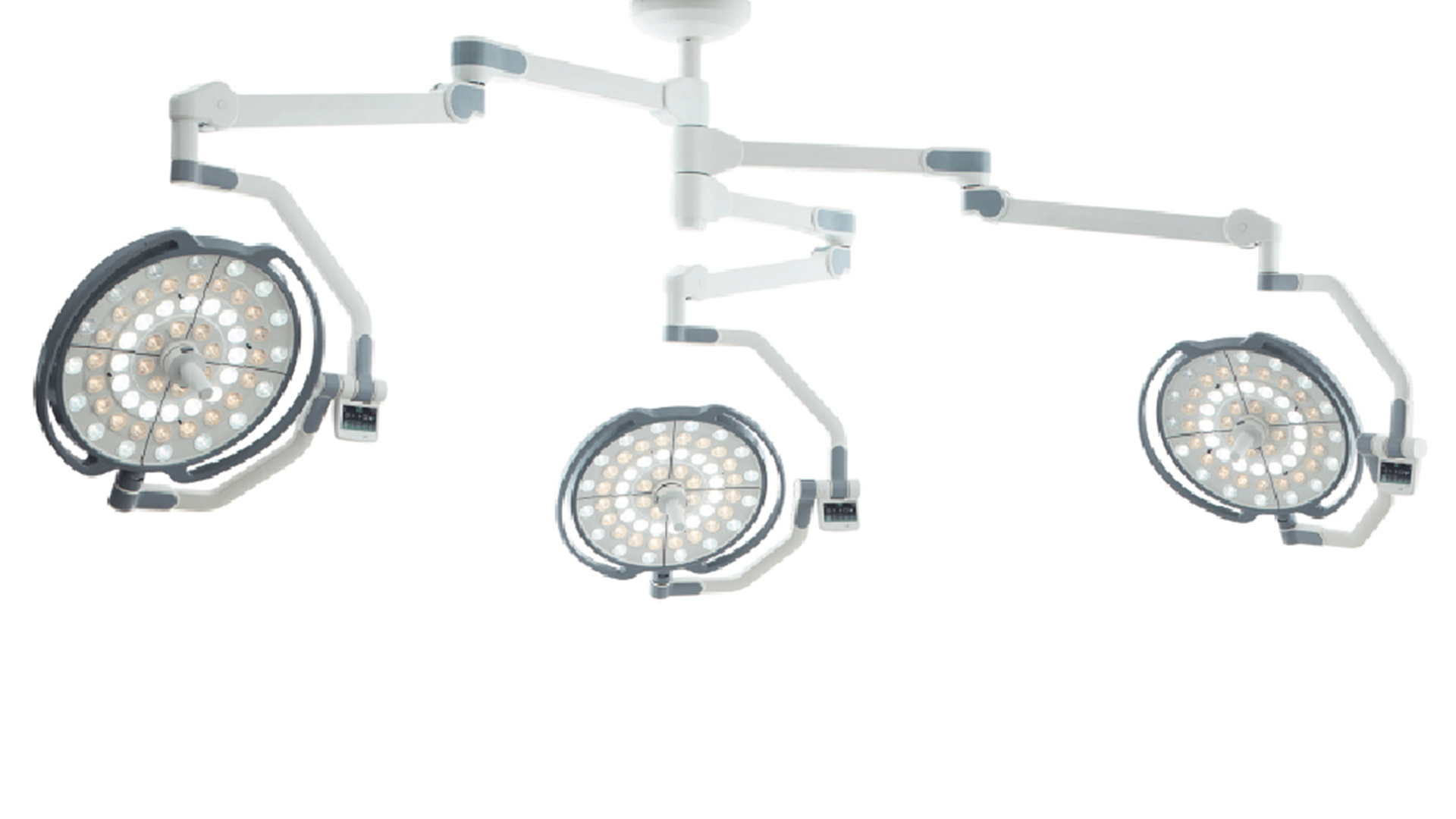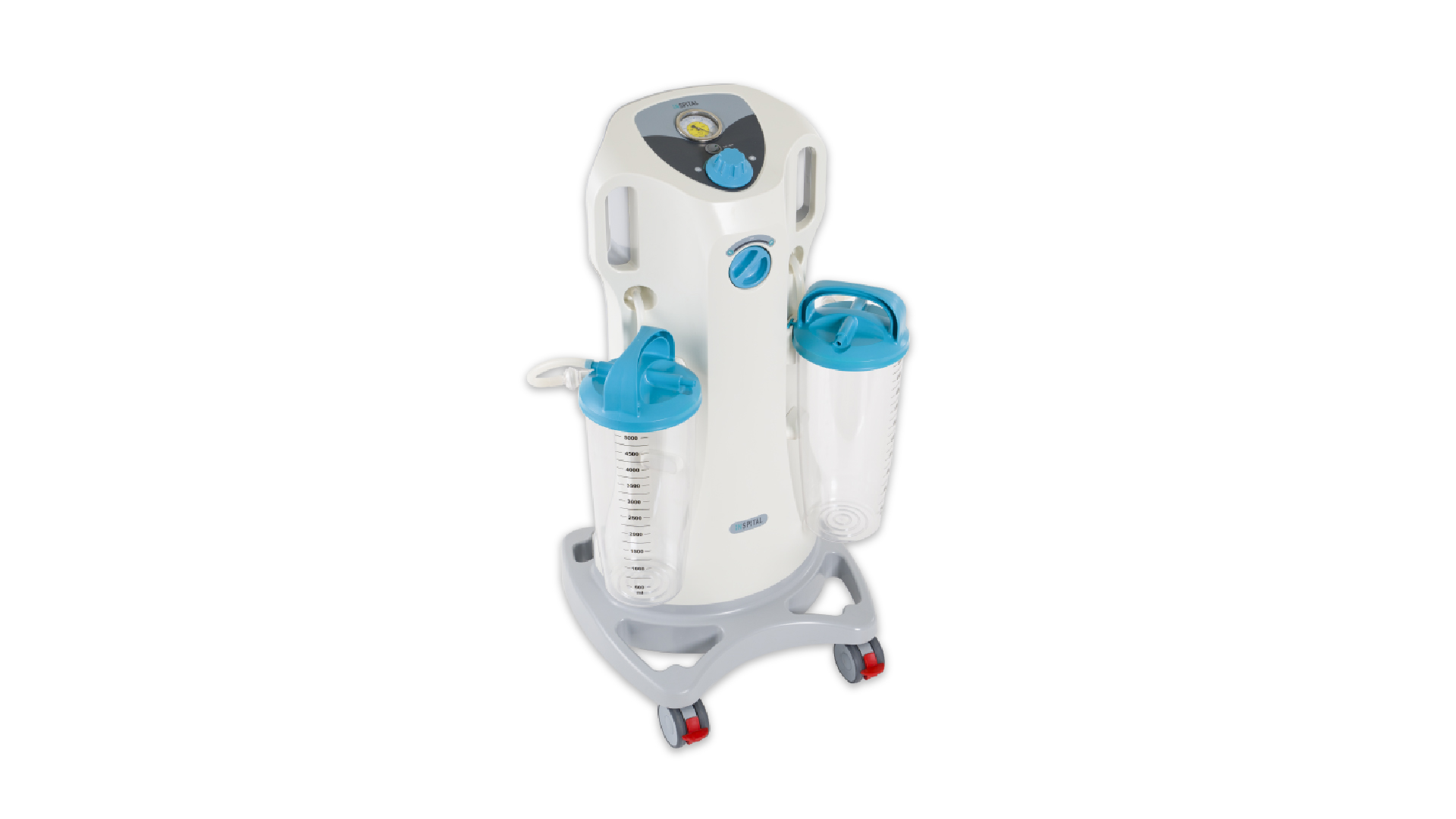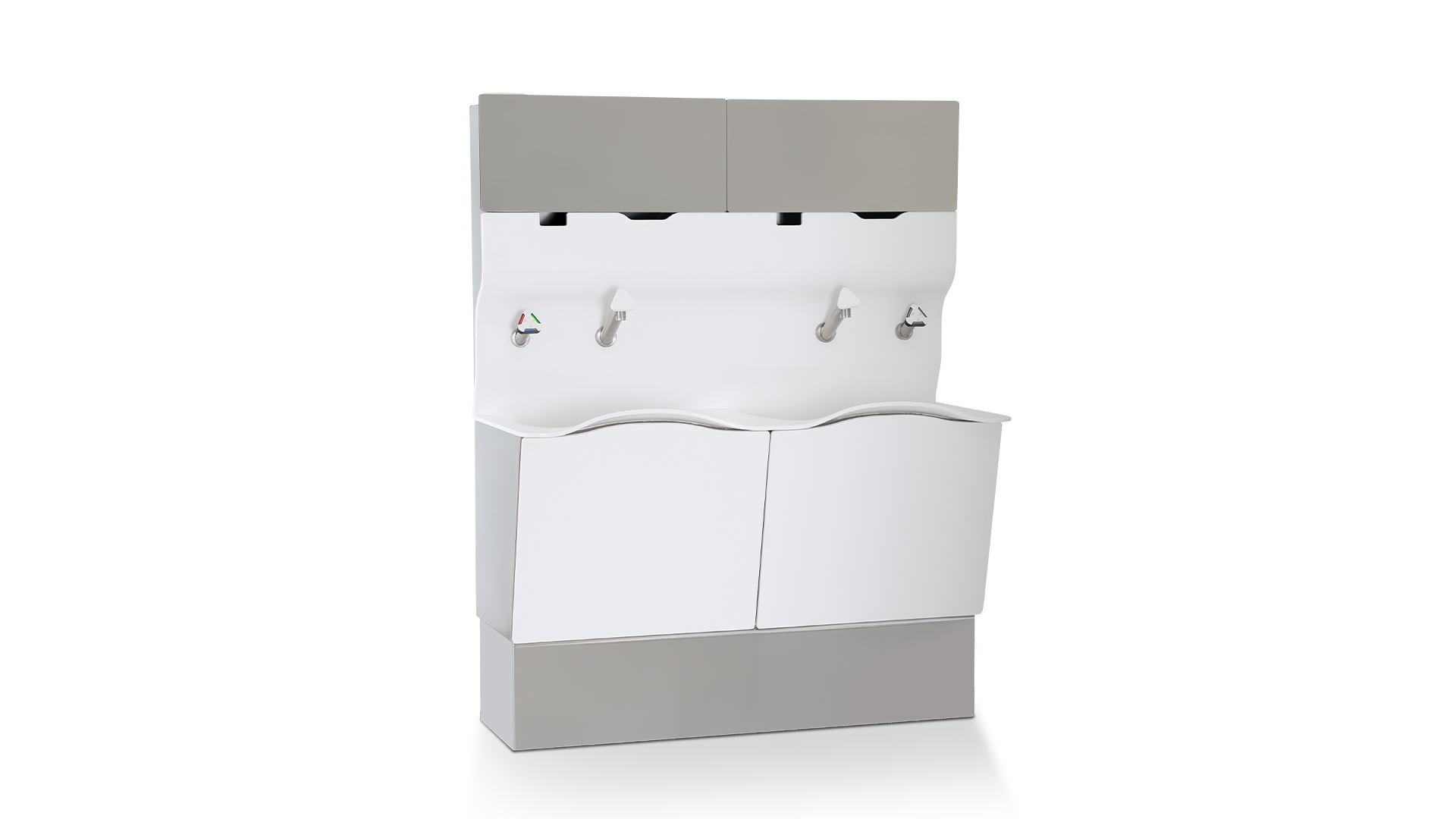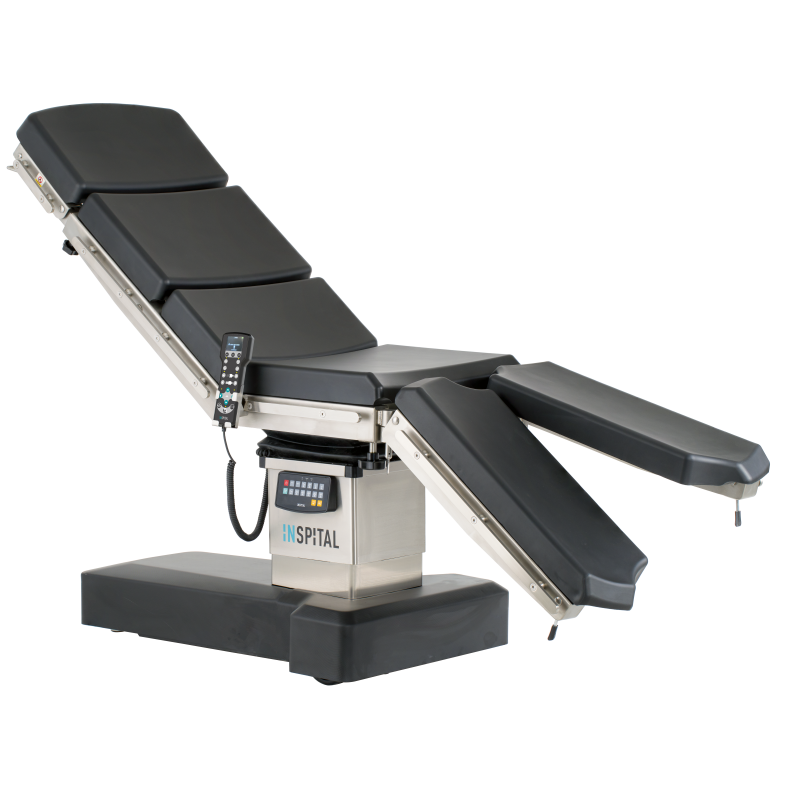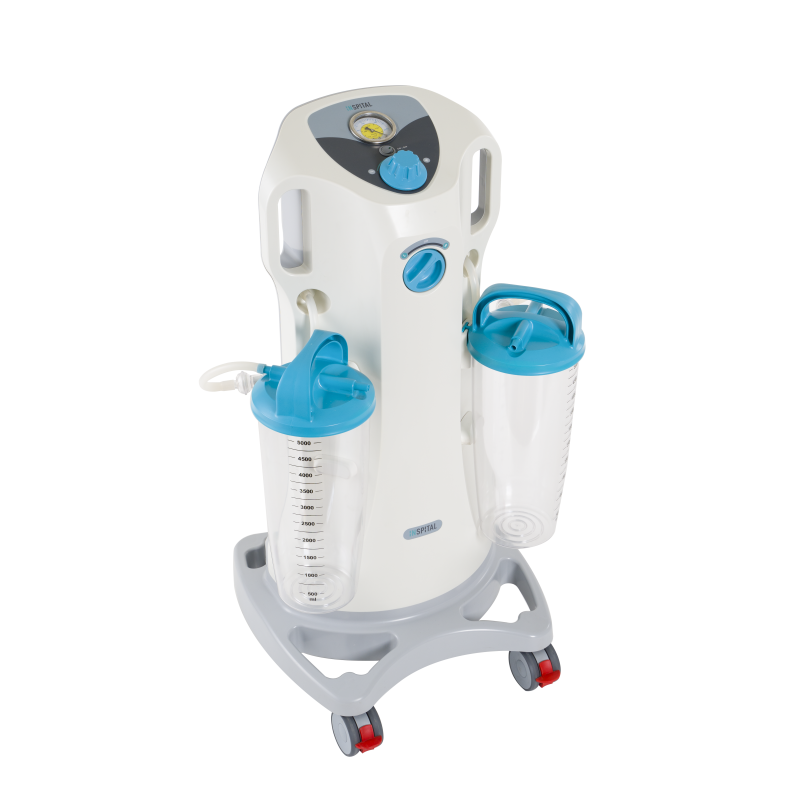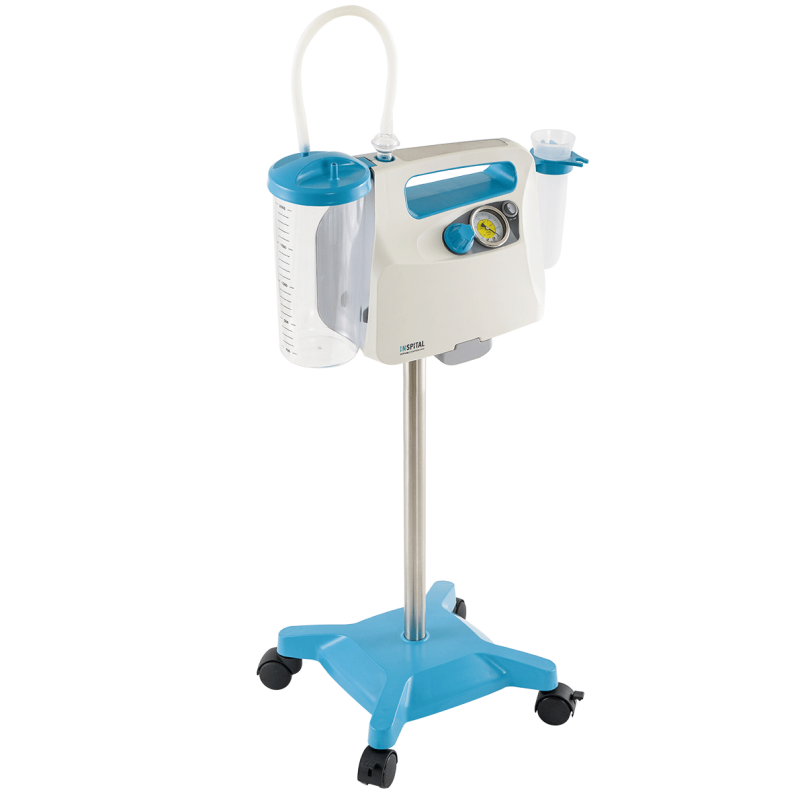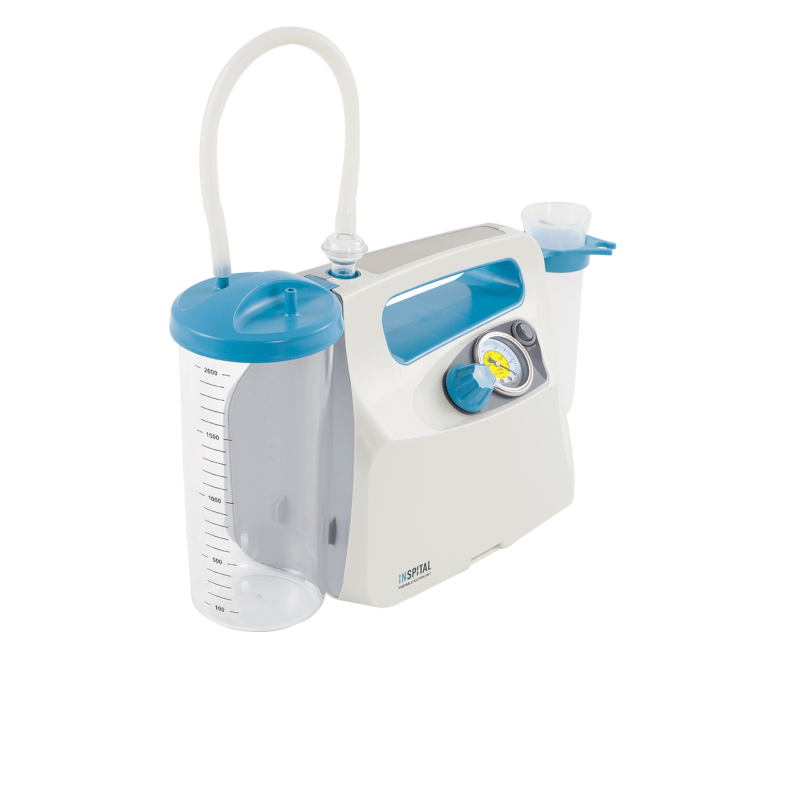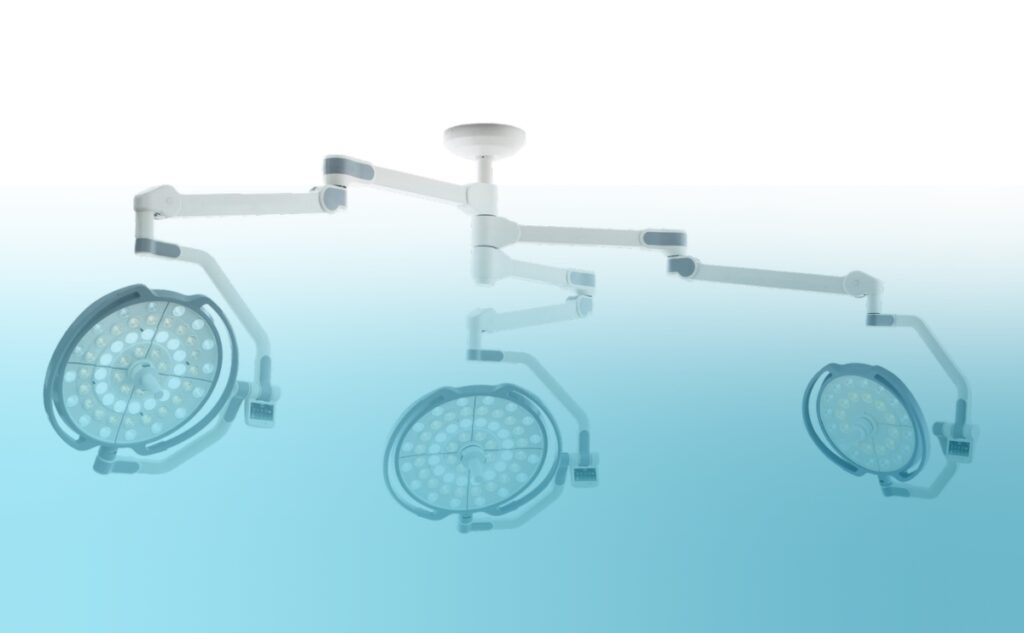The Fascinating History of the Operating Table: From Its Beginnings to Modern Technology by Inspital
- Operating Table
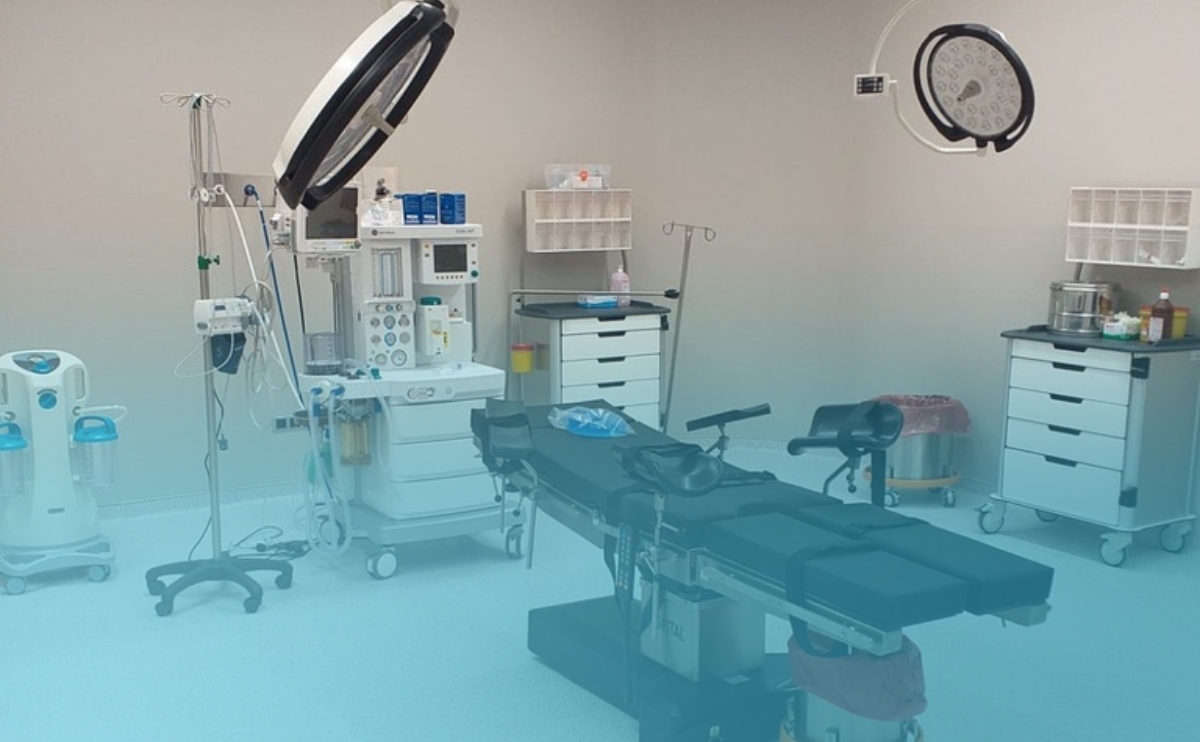
Contents
Imagine an operating room in the 19th century: dimmed light, simple wooden tables, and surgeons who had to operate without anesthesia. It's hard to fathom how far medical technology has come since then - and the operating table played a crucial role in this development.
In our blog post, you'll learn everything worth knowing about the operating table.
A Look into the Past
The Origins of Surgery
The first operating tables were essentially nothing more than sturdy wooden tables. In the Middle Ages, surgical procedures often took place in monasteries or even marketplaces, frequently under unhygienic conditions. But with the industrialization in the 19th century, a new era began: steel and cast iron replaced wood, and the operating table was first conceived as a specialized medical instrument.
Joseph Lister and Antisepsis
With the discovery of antisepsis by Joseph Lister in 1867 and the introduction of anesthesia, surgery experienced a revolutionary change. This meant not only safer operations but also new requirements for equipment - especially the operating table: adjustable heights, tilt angles, and hygienic surfaces became increasingly important. These developments created the foundation for the modern operating rooms as we know them today.
The Evolution of Operating Tables in the 20th Century
Technological Progress in the 1920s
In the 20th century, the operating table evolved from a static piece of furniture to a highly functional tool. Electric drives replaced the mechanical cranks of early models, allowing for more precise and efficient positioning.
In the 1920s, the first electrically operated tables came to market, considered technological masterpieces at the time. They not only enabled easier handling for the surgical team but also more precise positioning of patients, which became essential for many surgical procedures.
Innovations After World War II
Particularly after World War II, medical technology experienced an innovation boost: materials such as stainless steel, plastic, and composite materials made the tables lighter, more robust, and easier to clean. At the same time, manufacturers began to consider ergonomic aspects - focusing not only on the patient but also on the comfort and efficiency of the surgical team.
Modularity and X-ray Transparency
In the 1980s, the integration of X-ray transparency and modular designs became popular, significantly expanding the range of applications for operating tables. This allowed surgeons to use imaging techniques during surgery without having to reposition the patient - an enormous advantage for more complex procedures.
What is 'Operationstisch' in English?
The term "Operationstisch" is referred to in English as "operating table" or "surgical table" Both terms are commonly used in the international medical field. While "operating table" is more commonly used in general language, "surgical table" is often used in professional circles when discussing specific requirements in surgery.
The Modern Technology by Inspital: Operating Tables at the Highest Level
The OT80.20 NOVUS: State-of-the-Art Medical Technology
Today, Inspital stands for state-of-the-art medical technology, combining decades of experience with innovative solutions. An example of this is the OT80.20 NOVUS operating table.
The OT80.20 NOVUS was developed to meet the highest standards in surgical disciplines. Thanks to its powerful electro-hydraulic system, the table is not only extremely stable but also exceptionally flexible. The ability to quickly and precisely position the table in various configurations facilitates even the most complex operations, thereby contributing to patient safety and treatment success.
Versatility for Every Discipline
A special feature of the OT80.20 NOVUS is its versatility: The wide range of accessories makes it adaptable to almost any surgical discipline - from general surgery to orthopedics to neurosurgery. With special headrests, arm supports, and leg holders, the table can be individually configured, offering not only maximum comfort for the patient but also significant work facilitation for the medical staff.
Intuitive Operation and Safety Features
Modern control elements allow for intuitive operation, while safety features such as emergency battery operation and locking mechanisms provide additional protection. This not only increases efficiency in the operating room but also elevates reliability to a new level.
Inspital: Innovation and Quality Combined
As a globally operating manufacturer of medical technology, Inspital sets standards in terms of quality and innovation. The development of new technologies and the continuous improvement of existing products are at the forefront. Inspital works closely with surgeons and medical professionals to ensure that their operating tables not only meet the highest technical requirements but also fulfill practical needs in everyday use.
In addition to technological advancements, Inspital focuses on sustainable production processes and responsible resource utilization. This not only protects the environment but also makes an important contribution to the future viability of medical technology.
Conclusion: Past Meets Future
The history of the operating table is a story of progress and innovation. From simple wooden tables to state-of-the-art, electro-hydraulic masterpieces like the OT80.20 NOVUS from Inspital, it has been a long journey - a journey that has saved countless patients' lives and revolutionized the work of surgeons.
Would you like to learn more about Inspital's high-quality operating tables? Get advice and discover how our products can elevate your operating room routine to a new level! Contact us today and secure cutting-edge medical technology for your clinic!
Current News
- Current News, Inspital Medical Technology, Research
News Press
Here you will find current news about trade fairs, congresses, PR and other relevant topics.

